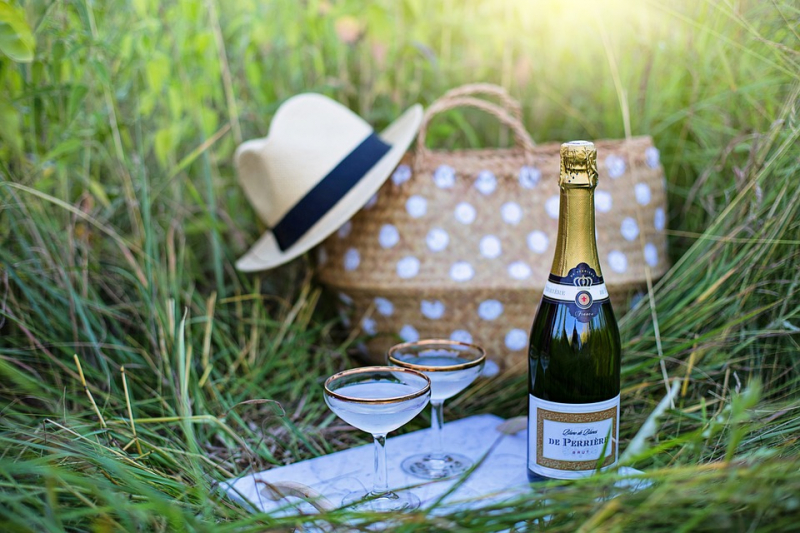Champagne
The Champagne wine region in northeastern France is best known for the production of champagne, the sparkling white wine that carries the region's name. Most nations' and the EU's rules limit the word "champagne" only for wines from this area, which is around 160 kilometers (100 miles) east of Paris. The area's commercial centers are the cities of Reims and Épernay. Reims is well-known for its cathedral, which served as the site of the coronation of the French monarchs and is a UNESCO World Heritage Site.
The history of the Champagne wine region, located on the northern outskirts of France, has played an important part in the creation of this distinctive terroir. The region's proximity to Paris aided its economic success in the wine trade, but it also placed the towns and vineyards in the line of moving troops on their route to the French capital. Despite the frequency of these military conflicts, the region established a reputation for high-quality wine production in the early Middle Ages and was able to maintain that reputation when the region's producers began producing sparkling wine with the arrival of the great champagne houses in the 17th and 18th centuries. Chardonnay, Pinot noir, and Pinot Meunier are the main grapes farmed in the region.
In the 17th century, the peculiar chalky topography of the Champagne wine region and the consequent agro-industrial system led to the creation of sparkling wines such as champagne. As a result, several of the region's production sites and wineries were added to the UNESCO World Heritage List in 2015 as part of the Champagne slopes, homes, and cellars site.
Location: France
















